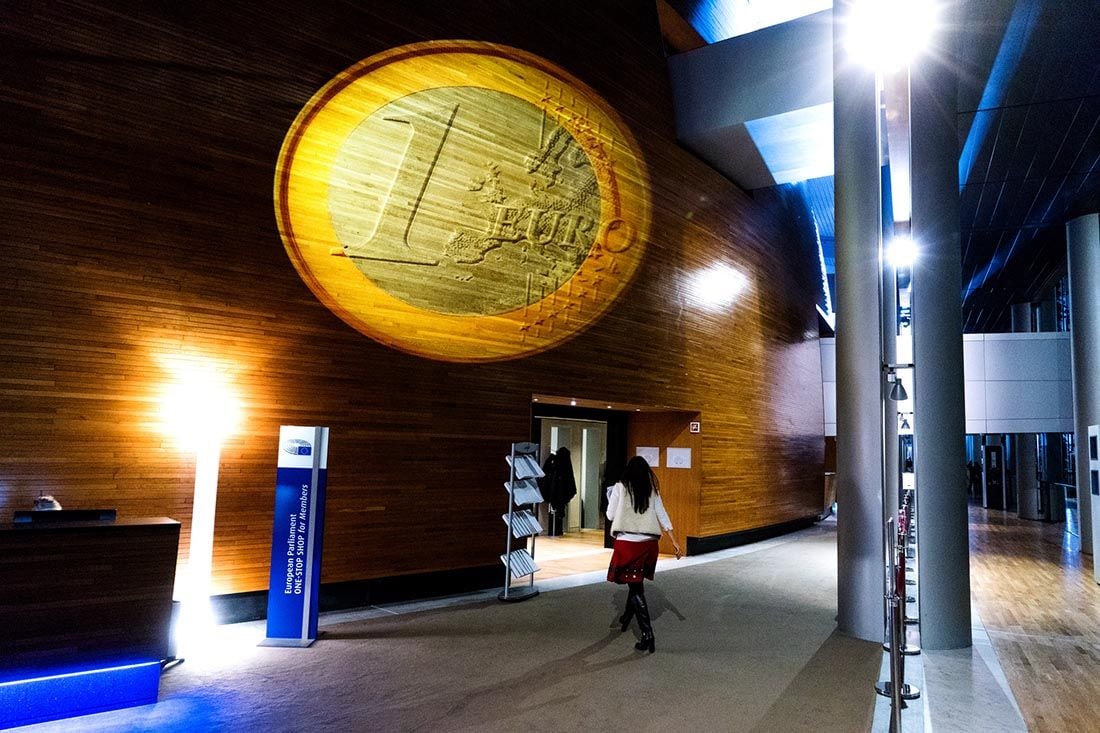
Euro-Dollar Rate Vyes for Top Spot among Major Currencies after Bulls Emboldened by ECB
by James Skinner- EUR/USD spot rate at time of writing: 1.1855
- Bank transfer rate (indicative guide): 1.1440-1.1523
- FX specialist providers (indicative guide): 1.1677-1.1748
- More information on FX specialist rates here
Europe's single currency was vying for first place in the major currency league table for the week on Friday after the Euro-to-Dollar rate surged when an already-bullish market was further emboldened by a European Central Bank (ECB) that came across as unconcerned about recent Euro strength.
ECB policymakers discussed in September's meeting the greater-than 10% rally in EUR/USD that has played a crucial role in lifting the trade-weighted single currency more than five percent this year, noting how it could weigh on already inadequate inflation pressures further down the line.
President Christine Lagarde noted the downward impact on inflation in her noon press conference and said the bank would “monitor carefully such a matter,” before adding that the ECB “does not target the exchange rate.”
“If the ECB are willing to be behind the curve — whilst the Fed are looking to get ahead of it — then there’s very little stopping the EUR/USD bullish momentum rally. It’ll take some weeks or months for material EZ-US economic divergences to show up in the hard data (at least in a way that would knock the EUR lower) — meaning today’s ECB meeting has effectively given the green light for EUR bulls,” says Viraj Patel, a strategist at Arkera. “We could even see fast-money investors look to test the ECB’s “pain threshold” by driving EUR/USD above 1.20 (and towards 1.25). This sentiment will likely continue until someone from the ECB steps up the verbal jawboning.”
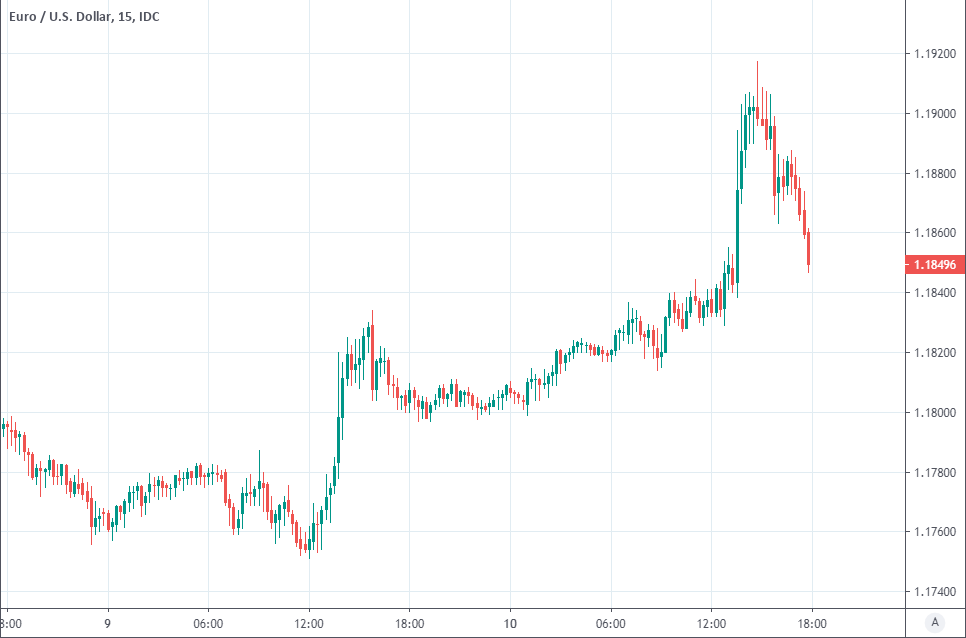
Reuters later reported that policymakers agreed the Euro move was “in line with fundamentals” and that they’ll likely “look through” it.
Rising exchange rates can be problematic because they disadvantage a country's exports by making them more expensive while hampering inflation outlook by reducing import costs and eventually, consumer prices.
“With strong bearish dollar dynamics in place, it will be a very tough task for the ECB to tame the EUR/USD upside – which we expect to continue into next year and the pair to reach and potentially breach the 1.25 level in 2021. It will not be easy for the ECB to compete with the Fed,” says Petr Krpata, CFA and chief EMEA strategist for currencies and interest rates at ING, who forecasts a EUR/USD rate of 1.20 by year-end. “The deposit rate is in deep negative territory (with its positive effect on the economy being questionable) and the central bank has already been engaging in large scale asset purchases. While we continue to see an extension of PEPP beyond mid-2021 as the next ECB step, this is already expected by the market and therefore its negative impact on the euro is unlikely to be meaningful.”
The Euro has risen against all major currencies except the Swiss Franc and Swedish Krona this year although, relative to its trade partners who matter most for the Eurozone inflation and growth outlook, the single currency has seen some of its strongest gains. The Dollar, which accounts for 20% of the trade-weighted Euro index, has weakened substantially in 2020 and enabled the EUR/USD rate to rise 5.88% for the year on Thursday.
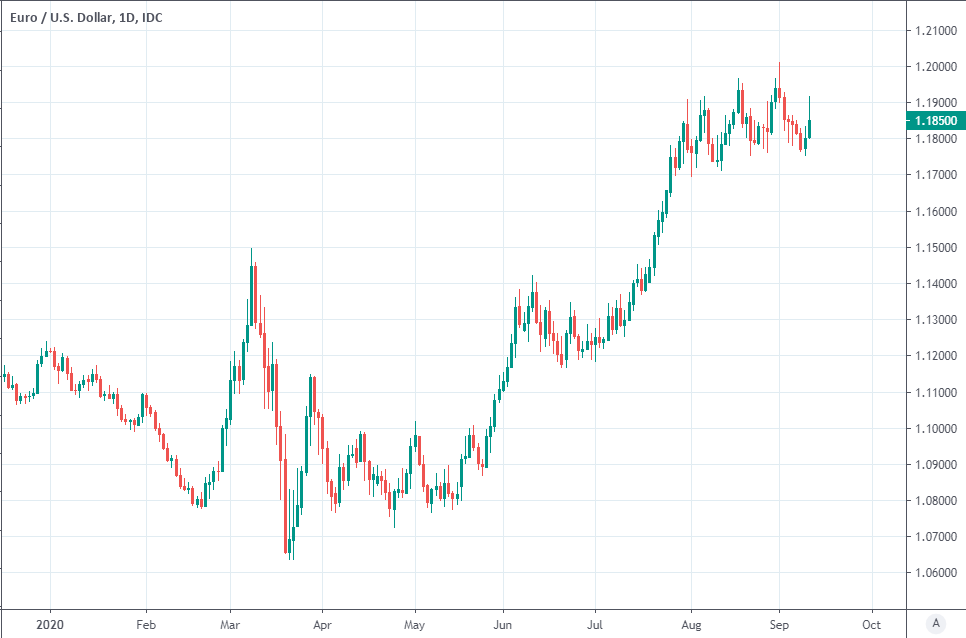
The Pound-to-Euro rate, another 15% of that index, has fallen -8.8% this year while EUR/CNH has risen nearly 4%. The Chinese Yuan accounts for 17% of trade-weighted Euro while the Swiss Franc, which has risen 0.77% against the Euro, accounts for around 7%. The Japanese Yen accounts for just less than 5% of the trade weighted index and EUR/JPY rate has risen 3.43%.
“The overall message was surprisingly optimistic. We think the ECB will be forced to provide more stimulus in December, and see a higher EUR/USD especially a bit longer out,” says Anders Svendsen, a strategist at Nordea Markets, who forecasts EUR/USD at 1.17 by year-end before rising again in 2021. “The upside revision of core inflation was a surprise because we had assumed that the stronger euro would dominate….we would like to note that the likelihood of downside revisions in December is quite high at the moment.”
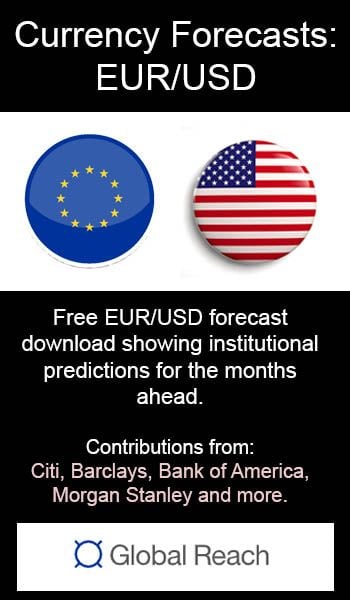
The ECB has rarely met its inflation target since the debt crisis, like many others, but may be more sensitive to a rallying currency than peers because it's seen as having some of the most limited capacity to provide support to its economy. The ECB is obliged to use its monetary policy to deliver inflation of “close to but below 2%.
"Investors are still massively net-long euro and they are still convinced of more euro strength. Therefore investors have started to buy the euro during the recent weakness. We think that it is likely that we will see more euro weakness in the coming weeks," says Georgette Boele, a senior FX strategist at ABN Amro, who looks for EUR/USD to fall back to 1.15 in the weeks ahead. "Long Euro is an overcrowded trade and we think there will be a lack of buyers on current levels to push EUR/USD to a new high for the year. Second, we expect that ECB will step up monetary policy easing."
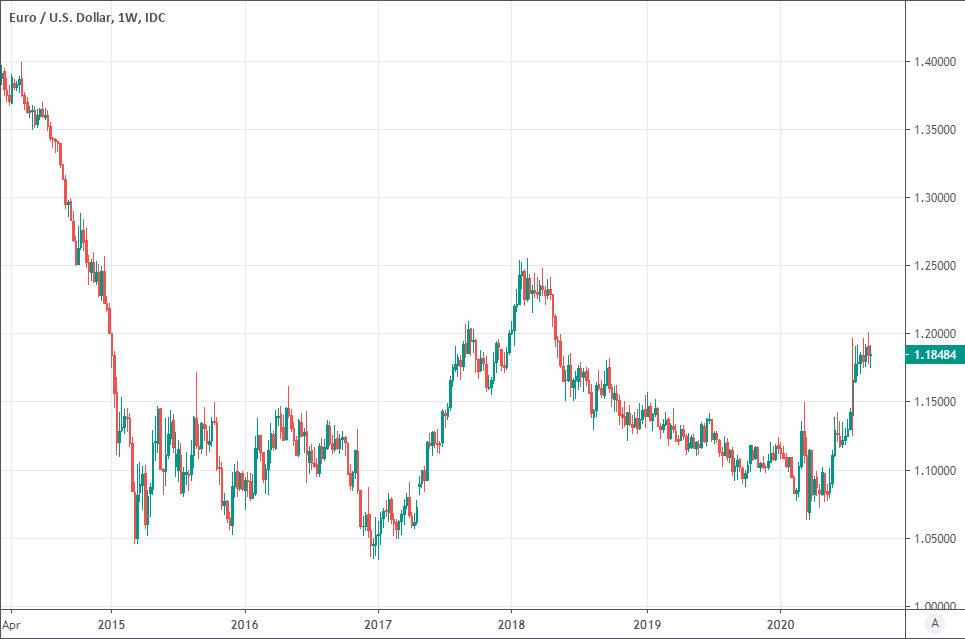
“The expansion of the Pandemic Asset Purchase Programme (PEPP) by the ECB and the approval of the EU Recovery Fund, as well as an increase in appetite for risk in general, has led the yield spread of 10-year Italian government bonds over German Bunds to narrow sharply and the euro to rally strongly against the US dollar,” says Franziska Palmas at Capital Economics. “In our view, an improvement in appetite for risk, together with a renewed fall in real interest rates in the US will also continue to benefit the euro against the dollar. What’s more, despite recent reports that ECB governing council members are getting increasingly worried about the strength of the euro, we do not think that the central bank will take action to directly weaken the euro.”
Europe’s main interest rate remains at zero after being cut from 0.05% in March 2016, while the deposit rate is even lower and negative at -0.50%. The negative deposit rate means the ECB now charges commercial lenders for parking cash with it when it used to pay them.
Much like with many other developed economy central banks, which have all cut interest rates near to zero in response to the coronavirus pandemic, the only meaningful policy tool the ECB has left is quantitative easing (QE) that involves the creation of new money in order buy bonds, normally government bonds.
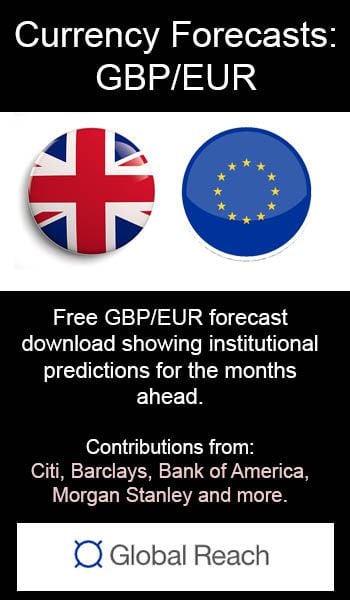
The ECB’s Pandemic Emergency Purchase Programme (PEPP), the banner under which it buys bonds as a result of the pandemic, was left unchanged with a €1.35 trillion allocation Thursday. It's intended to run until at least June 2021, although investors widely expect it to be bolstered before the year is out.
QE reduces government borrowing costs and in the process, borrowing costs for everybody because sovereign bond yields normally act as the ‘risk free’ rate for the economies concerned. Those 'risk free rates' get baked into all interest rates charged to companies and households across an economy.
“The rally in EUR/USD and the trade-weighted EUR are both well behind prior rallies (2017, 2012-2014, and 2010-11),” says Bipan Rai, North American head of FX strategy at CIBC Capital Markets. “Many market participants (especially policymakers) will routinely call out exchange rate appreciation and the damaging impact that it has on consumer prices. But they’ll never acknowledge that a round of depreciation has done nothing for inflation in years. Consider that since 2017, EUR/USD fell from 1.25 to 1.06 – and the effect on inflation was minimal (in fact consumer prices declined in that time frame).”


Achieve 3-5% More Currency: The Global Reach Best Exchange Rate Guarantee maximises your currency purchasing power. Find out more.
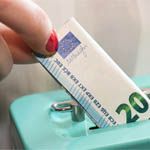
Brexit will impact your UK pension if you are living in the EU. Capital Rock Wealth have developed a comprehensive guide to help you navigate the uncertainty ahead.
Find out more

Invest in Spanish Property. A selection of discounted properties due to the covid-19 crisis, online viewings and transactions possible. Download the guide. Download the Guide